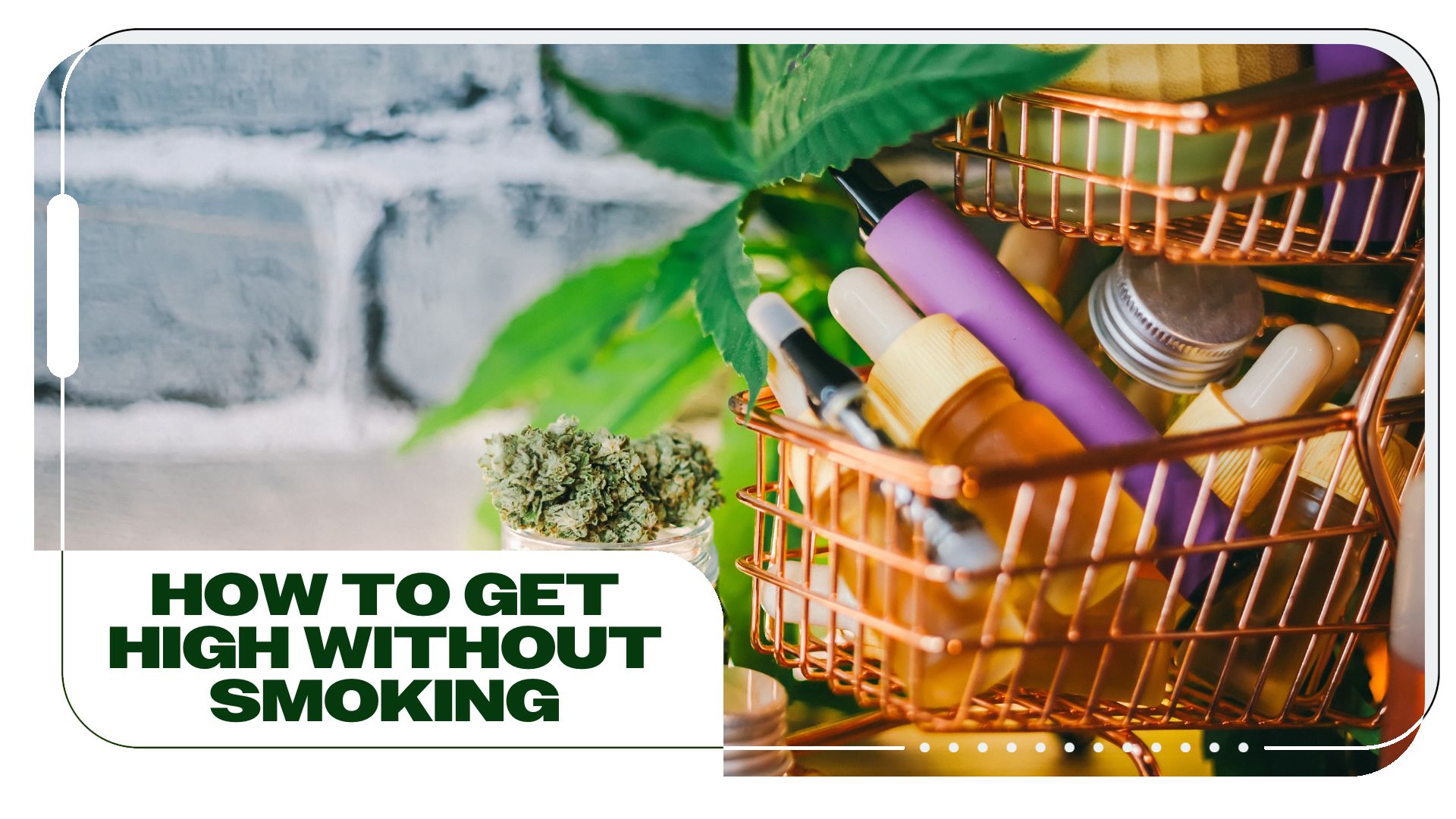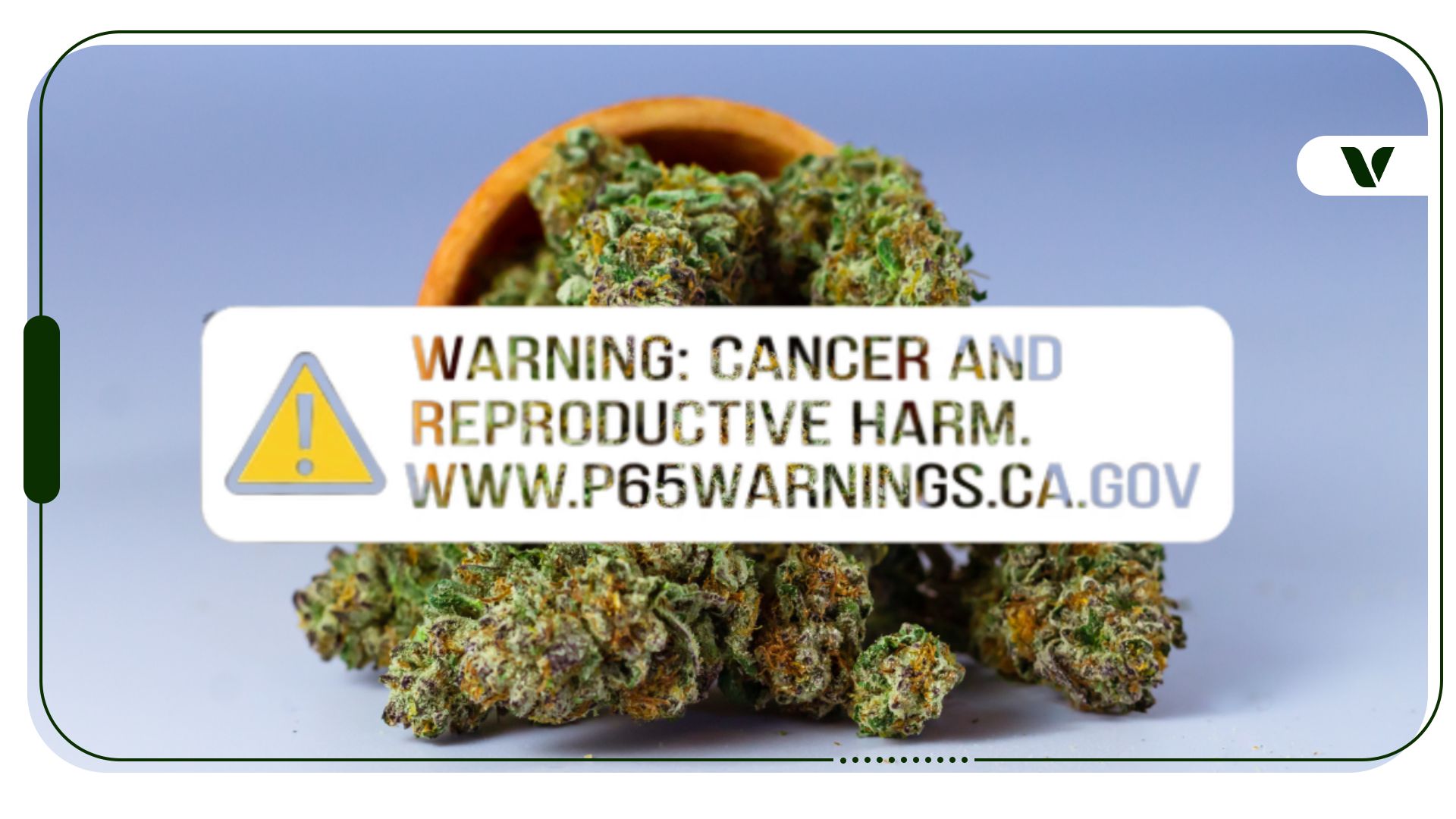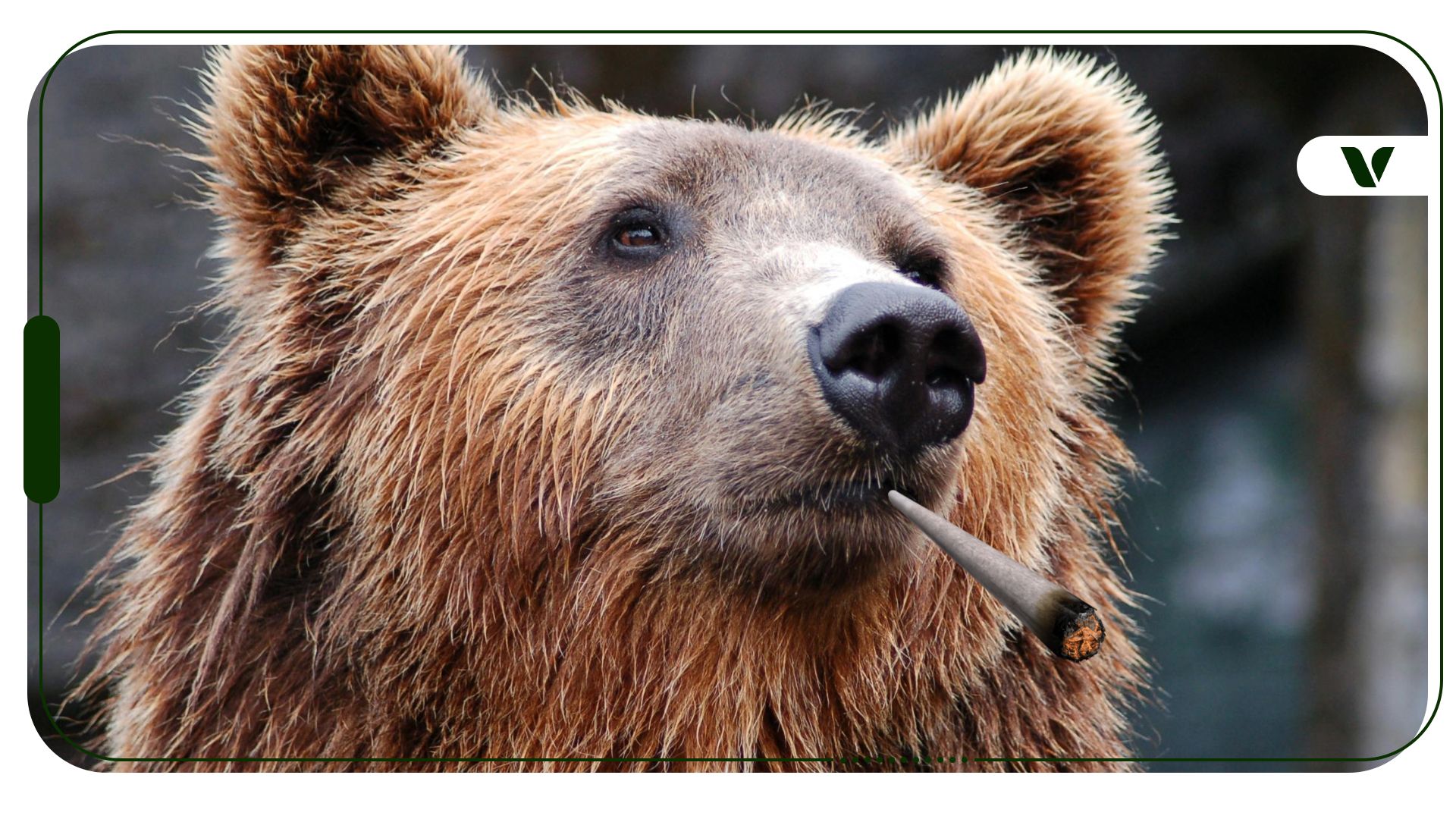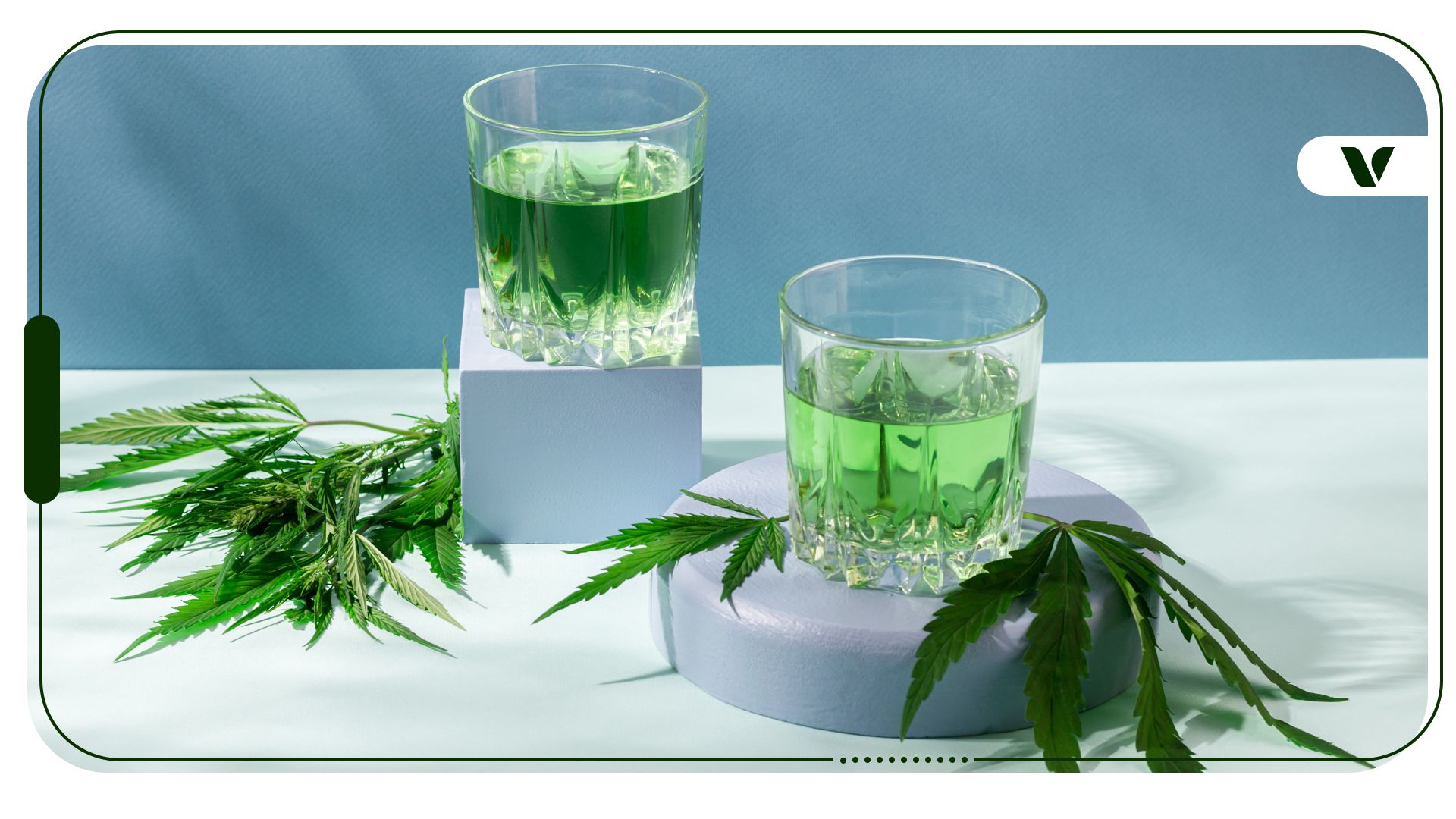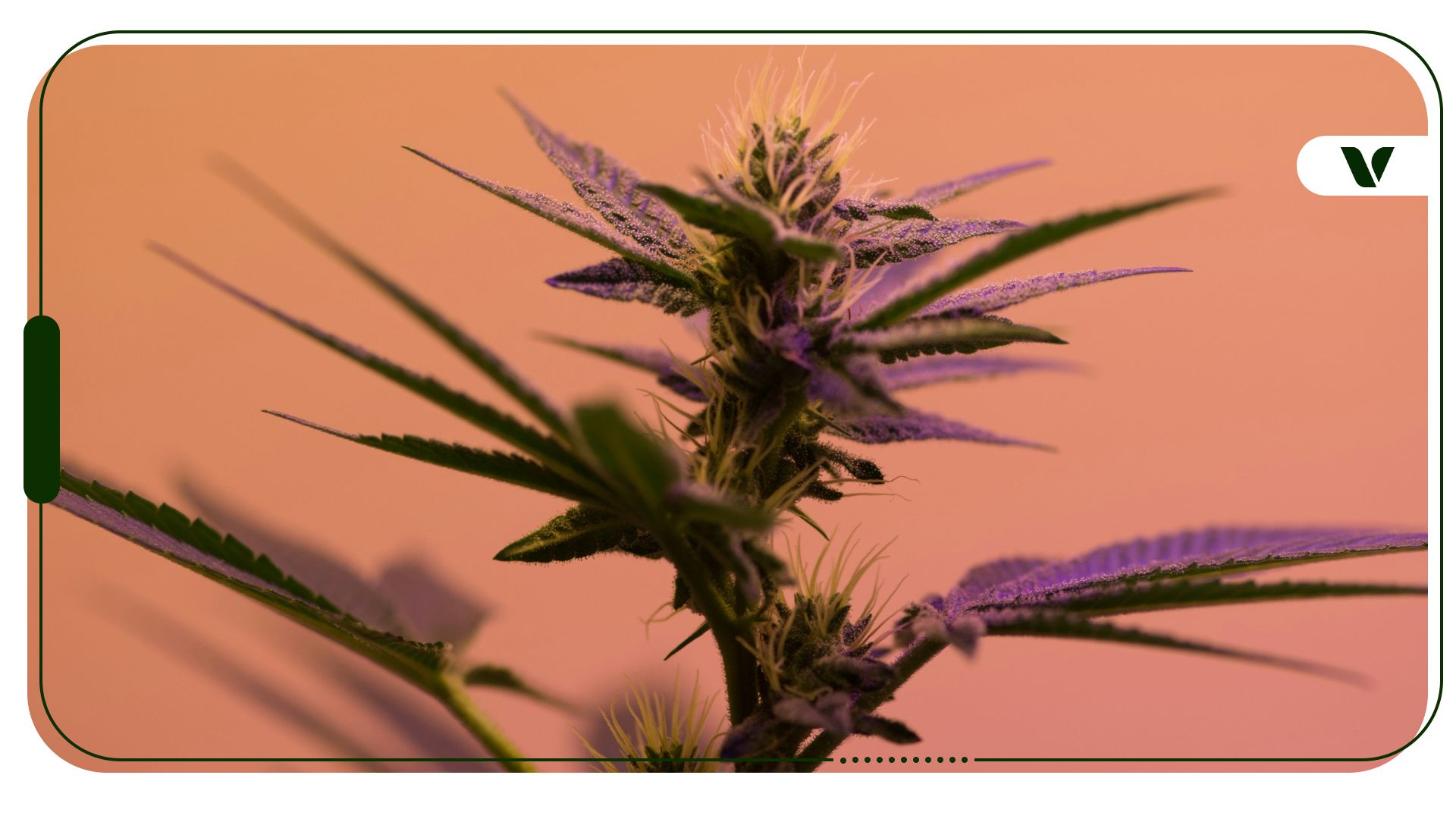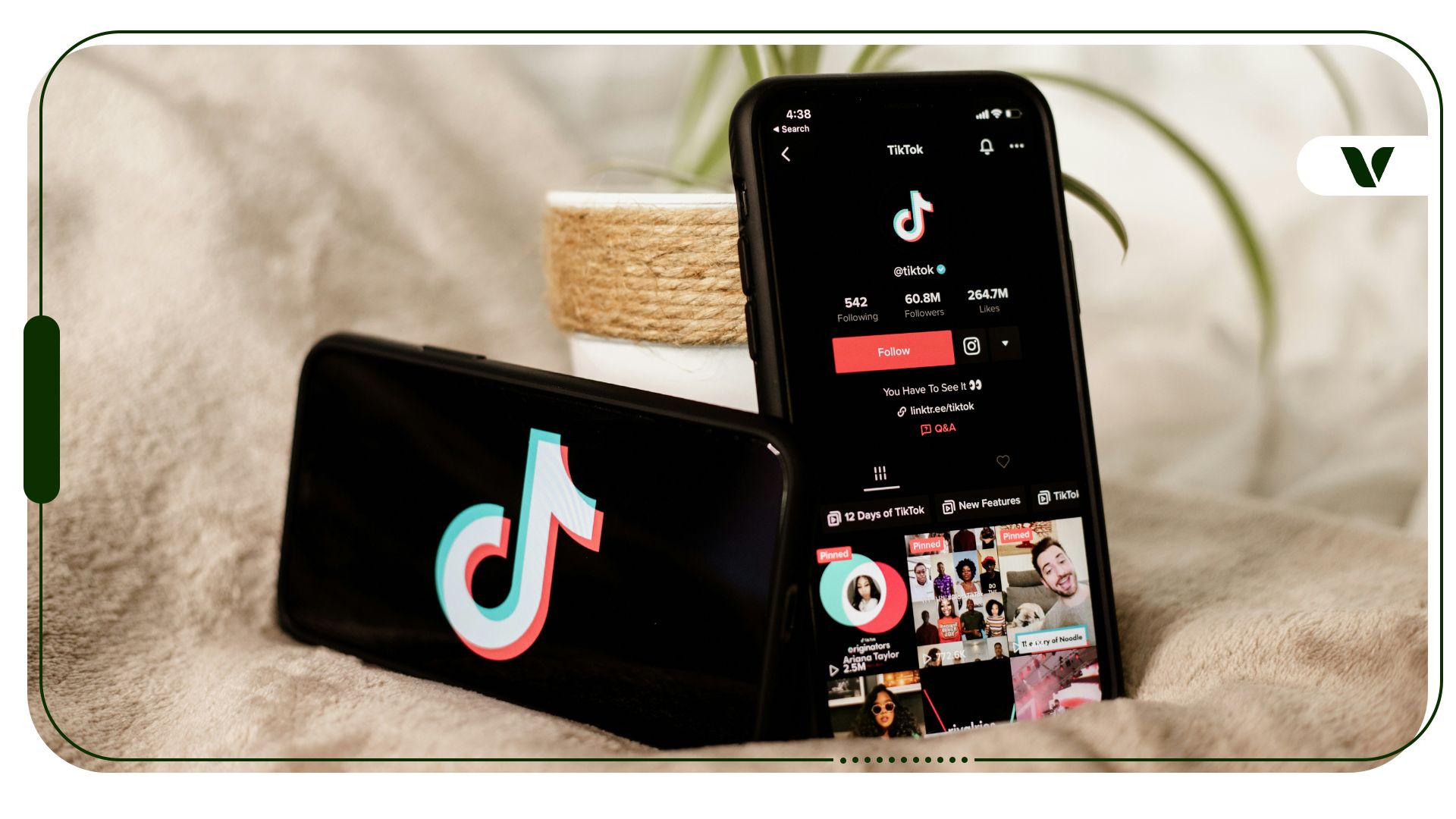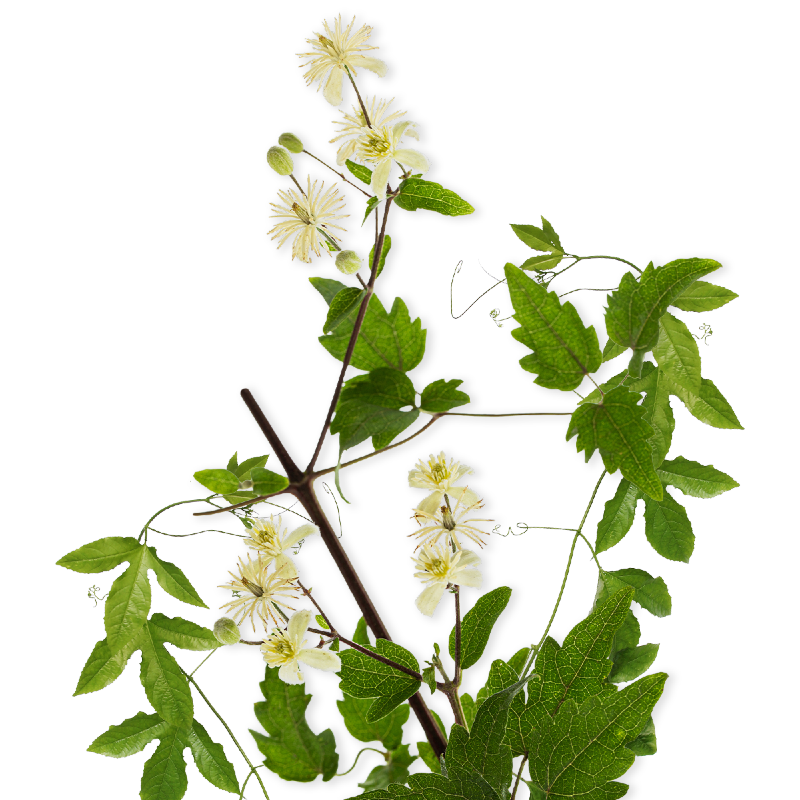While cannabis offers a whole host of benefits, smoking does not. In fact, growing evidence points to several potential health risks posed by smoking as a consumption method. These may include side effects in the heart or lungs as well as tar or free radical inhalation. Smoking cannabis also produces a smell that can draw unwanted attention or aggravate others, and the act itself is simply unpleasant for some people.
Thankfully, there are many ways to consume cannabis that cut out smoke entirely.
Smoking Cannabis: Potential Risks
Humans have been smoking cannabis plants for thousands of years, and this consumption method continues to reign today. It is currently the most common method of consumption among U.S. adults. After all, smoking is cost-effective, great in social settings, and brings on effects quickly. Unfortunately, it’s less than ideal for your health.
The majority of the risks associated with smoking cannabis have nothing to do with the plant itself and everything to do with the act of burning it (known as “combustion”). Although “smoking marijuana does not harm lung function as dramatically as smoking tobacco does,” according to the Canadian Journal of Respiratory Therapy, it can still be harmful. In his book “Cannabis: A History,” Martin Booth writes:
“Where cannabis smoking is dangerous—as opposed to taking it orally in food or liquids—is that the smoke itself, as with tobacco smoke, can injure the lungs and exacerbate or aggravate respiratory diseases. Cannabis smoke contains many of the harmful chemical constituents of tobacco including carcinogenic tar, cyanide, and carbon monoxide.”
Indeed, a chapter from Advances in Experimental Medicine and Biology confirms that cannabis smoke affects the lungs similarly to tobacco smoke, irritating the respiratory tract and leading to hyperinflation and coughing. Smoking cannabis flower has also been linked to chronic bronchitis and moderately linked to the development of chronic obstructive pulmonary disease (COPD), particularly in heavy cannabis smokers. Although no definitive links have been made between smoking cannabis and lung cancer, even in large epidemiologic studies, there’s still not enough strong evidence to rule this possibility out.
There’s also your oral health to be concerned about. Survey data from nearly 19,000 adults revealed cannabis as an independent risk factor for poor periodontal health. A 2019 review of 47 relevant studies found that “some of the chemicals in cannabis smoke can change the oral environment and possibly put cannabis users at high risk of dry mouth, poor oral hygiene, dental caries, soft tissue disease, periodontal disease, and oral cancer.” More research is needed in this area, but researchers from both studies encouraged cannabis smokers to be transparent with their dentists nonetheless.
Ways to Enjoy Cannabis Without Smoking
There are many healthier alternatives to smoking, and each offers advantages and drawbacks. In general, non-inhalational methods are probably the best alternatives since they don’t irritate the airways or cause free radical formation. Whether you’re avoiding the act of smoking due to a pre-existing condition, the telltale smell, or concern about your future health, here are some ways to reap the benefits of cannabis without having to light up.
1. Vape Cannabis Concentrates with a Vape Pen
Arguably one of the easiest ways to consume tetrahydrocannabinol (THC)—along with other cannabinoids like cannabidiol (CBD) if desired—vape pens offer the discreetness and portability many non-smokers are looking for. These slim, battery-powered devices hold cannabis oil concentrates and can be either disposable or refillable. Because they work with the simple click of a button, they’re also perfect for those looking for the easiest form of inhalation.
Cannabis newbies should know that this form’s high THC levels will quickly increase your tolerance and could be too intense. Vape pens are also not ideal for medical patients because they are often devoid of terpenes and much lower in other cannabinoids like CBD, which confer additional benefits, balance out the THC, and synergize via the entourage effect.
If you go this route, make sure to only buy your vape pens and cartridges from licensed, regulated companies and dispensaries that test their products thoroughly before they ever touch your hands (more on that here). Illicit vaping oils can contain dangerous additives like vitamin E acetate that have been linked to severe lung ailments.
Pros:
- Easy to use and transport
- Fairly discreet/little smell
- Effects kick in almost immediately
- Preliminary research has found it to be safer for the lungs than smoking
Cons:
- Can still be irritating to the respiratory tract but much less so than smoking
- The high doesn’t generally last very long (30 minutes to an hour)
- Many lack terpenes and other cannabinoids, making pens less beneficial for medical purposes
- The high THC content of cannabis concentrates can quickly increase your tolerance if consumed frequently
- Generally the most expensive consumption method
3. Vape Flower With a Dry Herb Vaporizer
You can also vape cannabis flower! To do so, you will need a dry herb vaporizer that acts as a sort of gentle oven for your bud, heating it to a lower temperature that emits vapor rather than smoke. Just like vape pens, these devices are small, portable, and battery-powered or rechargeable.
However, dry herb vaporizers are generally a bit clunkier than vape pens (as they hold plant material rather than oil) and can get hotter to the touch, especially during a long session. Among inhalational methods, this is likely the best for balanced medical and airway benefits.
Pros:
- Preliminary research supports vaping cannabis flower as a better alternative to smoking it (it is much more tolerable on the airways)
- More efficient THC delivery and much less tar, thus less flower may be needed for similar effects without raising tolerance as much
- Whole plant material provides other cannabinoids and terpenes for the entourage effect
- Effects kick in quickly and last about an hour, similar to smoking
- Much less smell than smoking (but more smell than using a vape pen)
- Relatively inexpensive
Cons:
- Dry herb vaporizers need regular cleaning
- Dry herb vaporizers sometimes use more finely ground flower than smoking devices (e.g., bongs, pipes)
- Dry herb vaporizers can be tricky or messy to load and reload
3. Dab for a Higher Dose of THC
Looking for a consumption method that rivals the strong and quick effects of smoking without as much respiratory irritation? Dabbing, or vaporizing wax concentrate using a dab rig or dab pen, has grown in popularity among experienced consumers in the last decade due to the notoriously intense high it produces. Concentrates often have upwards of 70% THC content, whereas flower is in the 15-30% range. You can learn the ins and outs of dabbing in this article.
However, users need to be careful with the temperature of the dabbing device. If the temperature is too high, dabbing could cause even more irritation since it may burn concentrate at a higher temperature than smoking flower and still release harmful agents of combustion. Using an e-rig or other electronically-measured device is superior to using an old-school blow torch and nail, which poses other safety risks.
According to a 2017 Portland State University study done on measuring harmful toxicants from dabbing, the authors noted: “The results of these studies clearly indicate that dabbing, although considered a form of vaporization, may in fact deliver significant amounts of toxic degradation products. The difficulty users find in controlling the nail temperature puts users at risk of exposing themselves to not only methacrolein but also benzene.”
Pros:
- Strong effects kick in almost immediately and often last longer than smoking
- Thought to be less irritating on the airways if you’re dabbing at a well-controlled, low temperature, although more research is needed
- Less smelly than smoking
Cons:
- High-temperature dabbing can deliver high levels of methacrolein and benzene, well-known carcinogens
- Can still be very irritating to the respiratory tract at higher temps
- Can be too intense and cumbersome for inexperienced consumers
- Requires special (sometimes expensive) equipment and can be intimidating to learn
- The high THC content of concentrates can quickly increase your tolerance if consumed frequently
4. Bake THC Into Edibles
If vaping or dabbing isn’t an option for you due to respiratory concerns, edibles are a good bet. While “weed brownies” were once the face of cannabis edibles, it’s now common to infuse a variety of foods with THC, including cookies, pizza, and lollipops. You can also buy pre-made edibles from the dispensary in the form of gummies, chocolate, and more. Check out this article for a thorough comparison of edibles and smoking.
If you opt for edibles, be very careful with dosing. Because they can take some time to kick in, it’s easy to get impatient and consume more—only to later be smacked in the face with all of the THC at once. If you’re making edibles at home, take advantage of Veriheal’s edible dosage calculator. Once you’re ready to get high, start with 5-10 milligrams of THC and wait until you can feel the effects to take more.
Pros:
- No impact on the respiratory system
- Effects generally last longer and are stronger than other consumption methods
- Much easier to control THC intake than with inhalation, making edibles ideal for microdosing
- Very discreet
- If flower is used to make them, edibles may deliver entourage effects
Cons:
- Effects are delayed, often taking 1-2 hours to kick in and sometimes longer, and can largely vary from person to person
- Easy to consume too much while waiting for the effects to hit
- Making your own edibles is time-consuming, tricky, messy, and requires large amounts of cannabis flower (but store-bought edibles are also an option)
- Can be unhealthy calorie and diet-wise
- Some people are thought to be “ediblocked” or feel no effects from edibles due to differences in metabolism
5. Drink a THC-Infused Beverage
Edibles don’t have to be solid food. THC-infused drinks affect the body the same way as normal edibles, but as an added bonus, they generally take effect more quickly since the body processes liquids faster than solids. Liquids are also easier to absorb cannabinoids from through the mouth and gut.
Try making your own cannabis-infused latte or hot cocoa at home or simply adding a few drops of cannabis oil/tincture to whatever you’re sipping on. You can also find pre-made THC juices and sodas at many dispensaries.
Pros:
- No impact on the respiratory system
- Longer-lasting, sustained effects
- Very discreet
- Tend to hit a tad faster than THC-infused food
- Acidic cannabinoids like THCA, CBDA, and CBGA are readily dissolvable in water
Cons:
- Delayed onset of effects (although faster than solid edibles)
- Easy to consume too much while waiting for the effects to hit
- Often have high sugar content
- Usually devoid of terpenes and helpful cannabinoids besides THC
6. Take THC Capsules
Perhaps you’re trying to avoid sugar, allergens, or the messiness of infusing food. For these reasons, capsules are a great alternative to edibles! Capsules offer the consumer all the benefits of edibles without the drawbacks of unhealthy ingredients (most edibles are fat or sugar-heavy). Learn more about THC capsules and how to make them yourself here. You can also ask your budtender if their dispensary carries THC capsules or pills.
Pros:
- No impact on the respiratory system
- No unhealthy or allergenic ingredients
- Longer-lasting, sustained effects
- Very discreet and easy to dose
- Can be made at home
Cons:
- Effects are delayed, often taking 1-2 hours to kick in
- Easy to consume too much while waiting for the effects to hit
- Harder to find and more expensive in dispensaries than edibles
- Often are pure or isolated THC, lacking entourage effect benefits from terpenes and other cannabinoids
7. Place THC Under the Tongue With Tinctures
If you want a food-free consumption method that takes effect quickly, tinctures are for you! Tinctures are basic cannabis extracts made using alcohol, oil, or glycerin. The uniqueness of this method lies in the sublingual administration of tinctures: they are meant to be held under the tongue for 30-60 seconds before being swallowed. This allows the THC to be absorbed by the mouth’s mucus membranes and felt in 15-30 minutes. Any remaining THC is processed by your digestive system and felt 1-2 hours later on average.
It’s easy to make your own tincture from cannabis flower; check out this step-by-step guide. Bottles of tincture can also be purchased at most dispensaries if you want to keep things super simple.
Pros:
- No impact on the respiratory system
- Longer-lasting, sustained effects
- Effects hit much faster than with edibles if administered correctly
- Very discreet and easy to dose
- Can be full-spectrum, containing other cannabinoids and terpenes for added medical effects
- Oils can be made from coconuts, avocados, or olives, which are healthier
- Cold-pressed oils can contain more acidic cannabinoids, conferring more potential benefits
Cons:
- Tincture must be properly held under the tongue before swallowing
- Some don’t like the earthy taste of tinctures
- Messier than edibles and capsules
- Alcohol-based tinctures should be avoided for health reasons
- Certain oils may add hidden calories to your diet
8. Apply THC On Skin With Topicals and Patches
THC is absorbed through the skin when applied in a transdermal patch or topical cream/ointment/salve. This method is not very common among recreational users for a big reason: Transdermal and topical application rarely leads to a euphoric high, although other side effects like increased hunger may occur.
Patches and topicals are primarily designed for medicinal use and can be used to manage pain and other chronic symptoms throughout the day without needing to consume anything orally. They are advantageous for localized symptoms or people who cannot tolerate taking anything by mouth due to severe nausea and vomiting.
Transdermal application is also ideal for symptom relief because the THC is released into the body slowly over a longer period of time compared to other intake methods. While THC peaks in the blood at specific points with other methods, it’s absorbed evenly over time with patches.
Pros:
- No impact on the respiratory or digestive system
- Very discreet (no visible consumption)
- Patches can be removed at any time
- Longer-lasting, sustained effects
- Better medicinal use for people who can’t take things by mouth or lungs
Cons:
- Few to no psychoactive effects (“high”)
- Patches may be visible to others depending on where they’re placed
- Could possibly cause a skin reaction
- Expensive and sometimes more difficult to find
Final Takeaways
Smoking cannabis, while very effective, has its downsides. It draws attention, is hard on your lungs and mouth, and doesn’t create very long-lasting effects. Fortunately, increasing research and innovation have led to a variety of alternative cannabis products for ganja lovers and medical marijuana patients alike. If smoking is out of the question, give concentrates, edibles, capsules, tinctures, or patches a shot. Flower fiends can also simply vape their bud instead of smoking it.
Are you interested in using cannabis to treat a medical condition? Make an appointment with a licensed MMJ doctor in your state to see if you qualify and discuss which consumption methods would work best for your needs and lifestyle. For a personalized deep dive into your cannabis consumption, book a session with a cannabis coach.
Note: The content on this page is for informational purposes only and is not intended to be professional medical advice. Do not attempt to self-diagnose or prescribe treatment based on the information provided. Always consult a physician before making any decision on the treatment of a medical condition.
This article was originally written by Kat Helgeson and published on 11/1/19. It was updated on 10/29/2024.
Author, Share & Comments


